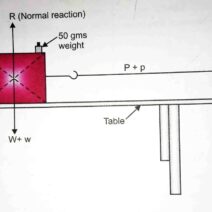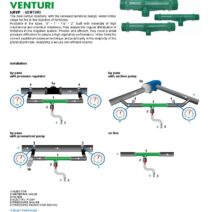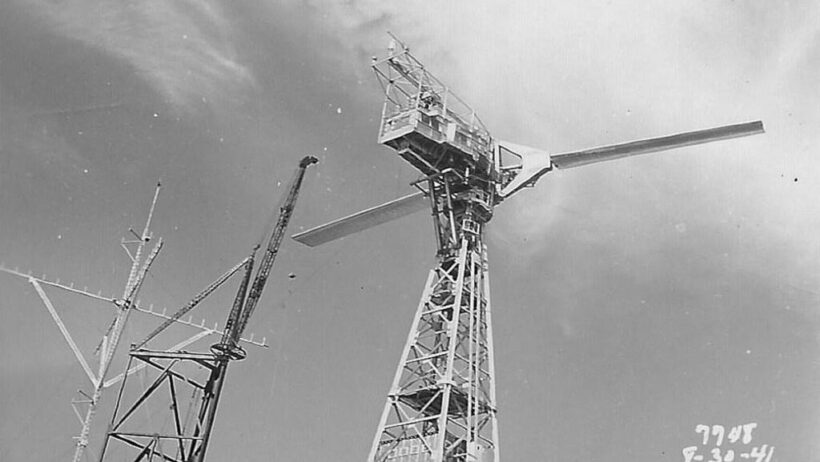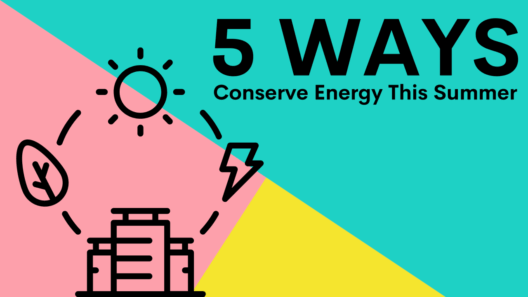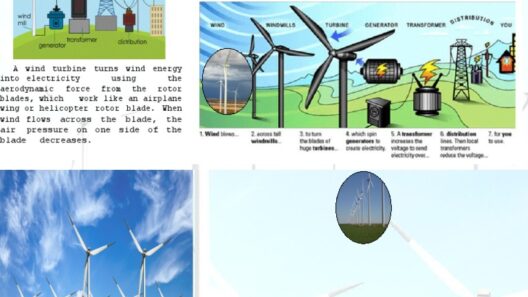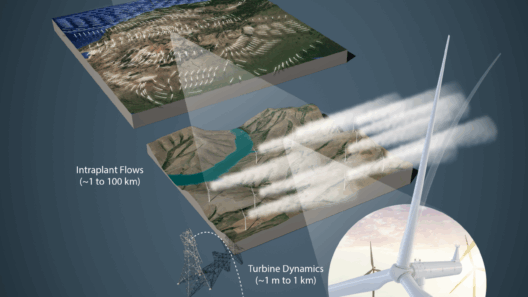The origins of wind energy date back thousands of years, when humanity first harnessed the natural forces of nature for practical use. While today’s wind turbines may seem a product of modern innovation, the principle of using wind power for energy predates industrialization by millennia. Let’s explore the captivating journey behind the invention of wind energy technology, reflecting on historical milestones that shaped its evolution into a cornerstone of renewable energy.
Understanding the inception of wind energy involves tracing back to its earliest applications. Ancient civilizations were acutely aware of the power of wind. In Mesopotamia around 5000 BCE, the first known windmills were used to pump water. These early vertical-axis windmills, constructed of blades made from reeds or wood, exemplify humanity’s innate ingenuity in exploiting available natural resources for survival and irrigation.
Many early cultures embraced wind power. In Persia, between 900 and 1000 CE, horizontal-axis windmills emerged, showcasing an advanced design that would serve as a template for future developments. These windmills, often characterized by their large, cloth sails, were utilized primarily for grinding grain—a practice crucial for sustenance. The ingenuity of these machines was such that they could operate even in low wind conditions, effectively bolstering agriculture in arid regions.
As trade routes expanded, the knowledge of wind technology disseminated throughout Europe. By the Middle Ages, windmills had become commonplace across the continent, particularly in the Netherlands and Britain. Windmills began to dot the landscape, not just for milling grain but also for sawing timber, pumping water, and even draining wetlands—indispensable tasks in those agrarian societies. The windmill’s societal impact was profound, as it contributed to the Industrial Revolution by providing an efficient source of power.
Fast forward to the late 19th century, and the advent of electricity signaled a new era for wind power. The need for alternative energy sources became palpable amidst the industrial boom and increasing reliance on fossil fuels. In 1887, Scottish inventor James Blyth created one of the first known wind turbines designed to generate electricity. His turbine, a modest wooden structure, successfully powered his home in Scotland and is credited as a pivotal moment in integrating wind energy into modern technology.
While Blyth laid crucial groundwork, it was the American inventor Charles F. Brush who made significant strides in wind energy technology in the 1880s. His wind turbine, constructed in Cleveland, Ohio, was a more sophisticated design that generated electricity to power a series of arc lamps. Brush’s innovations paved the way for larger wind power systems that would emerge in the decades to follow.
The early 20th century heralded advancements with the development of the first commercially successful wind turbine in the United States. In 1927, the L. Halsy Pike Company introduced a turbine capable of generating 1,000 watts. This device marked the beginning of a serious interest in wind energy as an economically viable alternative to conventional energy sources. However, the rise of fossil fuels and the implementation of expansive electrical grids led to a decline in the development of wind technology during the mid-20th century.
By the 1970s, the global energy crisis reignited interest in wind energy. Activism around environmental conservation and the need for sustainable energy solutions gained momentum. Governments worldwide began to invest in research and development of wind technology, recognizing its potential in combating energy shortages and mitigating climate change.
This era witnessed the birth of modern wind turbines as we know them today. Enhanced technology, such as the development of efficient rotor designs and improved materials, enabled turbines to capture more wind energy than ever before. The 1980s and 1990s marked a period of rapid innovation and growth, with the establishment of large-scale wind farms in places like Denmark and California.
Today, wind energy is recognized as one of the fastest-growing renewable energy sources globally. Modern turbines tower majestically against the skyline, often equipped with advanced technology that maximizes their efficiency and minimizes their environmental footprint. Issues of noise and aesthetics, frequently cited buyer concerns, have been addressed through careful site selection, design innovations, and community engagement, further integrating wind energy into the fabric of contemporary energy systems.
The development of wind power technology is not without its challenges. Despite its success, some areas still encounter resistance related to land use, wildlife impact, and resource distribution. Navigating these issues is imperative to realizing the true potential of wind energy as a crucial element in the global energy transition.
In summary, the history of wind power is a testament to human resilience and ingenuity, showcasing a timeline that spans millennia. From the rudimentary windmill designs of ancient civilizations to the innovative wind turbines of the modern era, wind energy has transformed from a labor-intensive tool into a pivotal element of the renewable energy landscape. Its journey underscores the importance of innovation and adaptation in addressing the pressing environmental challenges of our time. As we look to the future, embracing wind energy remains a promising pathway towards achieving a sustainable and clean energy economy.

